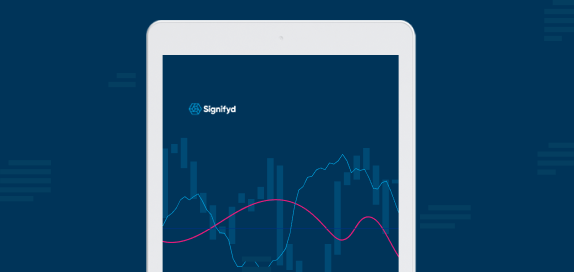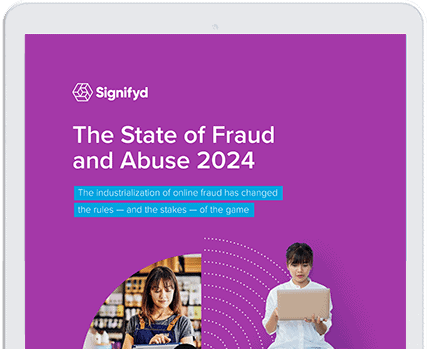There is no question that U.S. retailers and their customers will feel the pain of the Trump Administration’s wide-ranging tariffs of 10% to effectively more than 50%, announced by President Donald Trump on Wednesday.
The questions now are how severely will they feel it and how soon. Retailers have already seen consumers pull back spending in the face of uncertainty over tariffs — online spending fell in most retail verticals in February when the first round of tariffs were imposed, according to Signifyd data, and overall online growth slowed considerably compared to January.
What are tariffs? A quick reminder
“Tariffs are a tax paid by the U.S. importer that will be passed along to the end consumer,” David French, the National Retail Federation’s executive vice president of government relations, said in a statement. “Tariffs will not be paid by foreign countries or suppliers. “More tariffs equal more anxiety and uncertainty for American businesses and consumers.”
Trump’s actions Wednesday included eliminating the duty-free exemption that allowed nearly all ecommerce orders arriving into the United States to bypass customs. A previous attempt in February caused massive delays for ecommerce orders from international sellers. The administration says it has figured out how to avoid similar problems this time, according to Reuters.
How tariffs impact U.S. retail: Key lessons and insights
Retailers have been bracing for the possibility of higher costs for months. While some uncertainty about the full effect of new tariffs remains, retailers looking to manage the new reality can learn from the past. For instance:
Even tighter budgets for value-seeking consumers
Value-seeking consumers have been trading down, first in the face of high inflation and later as prices remained high. Continuing to focus on those consumers and their tighter budgets will become more important if consumers pull back in the face of economic pressure or uncertainty.
Increased chargebacks due to held orders
Trade wars produce some unexpected consequences. In 2019, when the Trump Administration raised tariffs on China, the Chinese government held up ecommerce shipments into the country. The disruption led Chinese consumers to file chargebacks on the orders. Some Signifyd customers saw chargebacks increase by as much as five times during the dispute. Getting clarity on how the tariffs will affect trade relations will be important.
De minimis exemption and delayed deliveries for low-value orders
In February, a previous round of tariffs included eliminating the duty-free exemption for ecommerce packages coming into the U.S. The end of the so-called de minimis exemption caused a tremendous log jam for the U.S. Postal Service. The end of de minimis meant 1 billion low-value packages were required to go through the full customs treatment, resulting in the postal service eventually refusing to accept packages from China and Hong Kong, according to Reuters. The Trump Administration eventually reversed course, but the exemption is now out again. Merchants should consider how a change in the rules for low-value imports will affect their businesses and adjust accordingly.
The macroeconomic impact of tariffs
The tariffs announced Wednesday include an across-the-board tariff of 10% on all imports beginning Saturday. Additional tariffs will be levied on countries that the Administration has determined have established an unfair trade advantage over the United States. China will see an additional 34% tariff on top of those already in place. Japan faces a 24% tariff and the EU will be subject to a 20% tariff.
The shock will hit U.S. retailers in waves. Imported products will become more costly almost immediately. Tariff-induced cost increases for U.S.-made products, many of which are manufactured with imported components, may take longer to ripple through.
The NRF noted even before Wednesday’s tariff announcements that increased tariffs would dampen consumer spending — primarily due to their inflationary effects.
“Any way you look at it, a lot is riding on the consumer,” NRF Chief Economist Jack Kleinhenz said in a statement. “It’s the hard data on employment, income and tariff-induced inflation — not consumer sentiment — that supports our view of a slower trajectory for consumer spending.”
Online sales slowed amid tariff talk in February, with overall sales increasing only 2% year-over-year, according to Signifyd data. Overall retail spending was also tepid “amid consumer worries over inflation and Washington policy decisions,” Kleinhenz said at the time. The Census Bureau reported February retail sales up 3.1% year over year.
Concerned about managing uncertainty around tariffs? Let’s talk.









